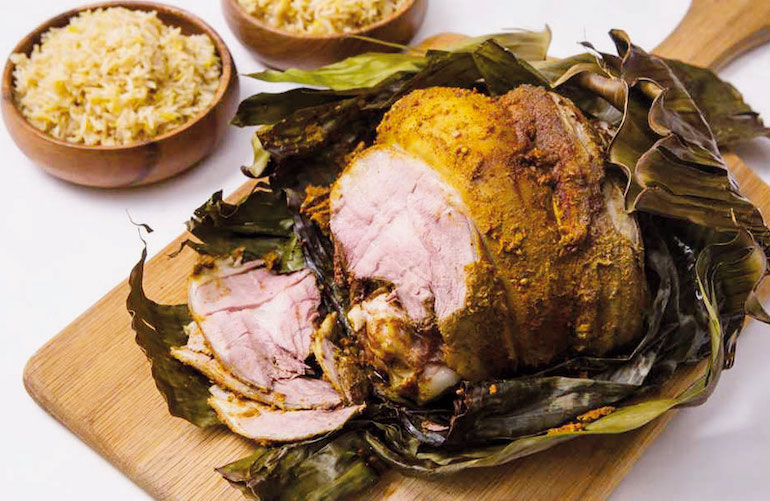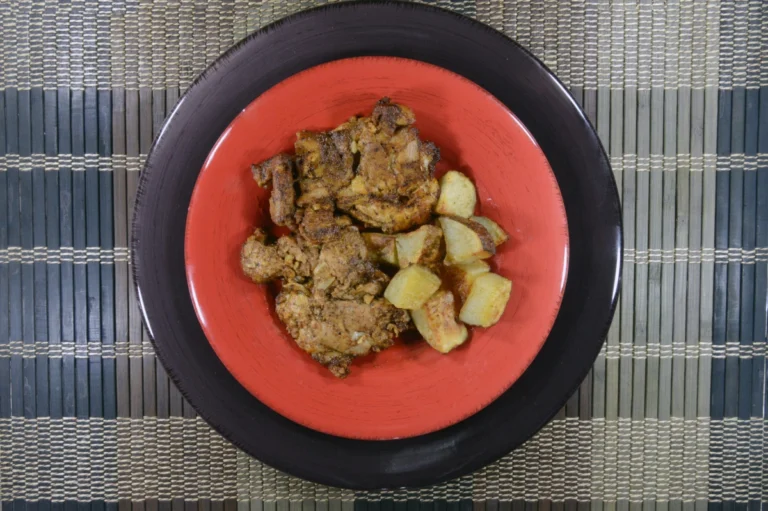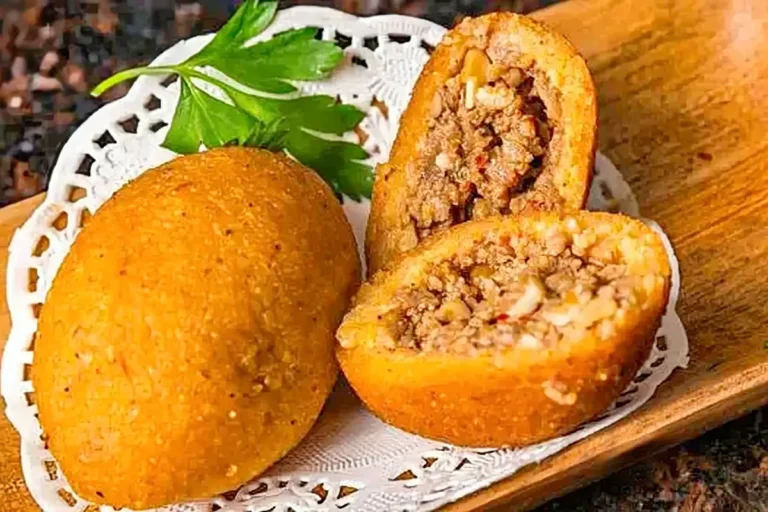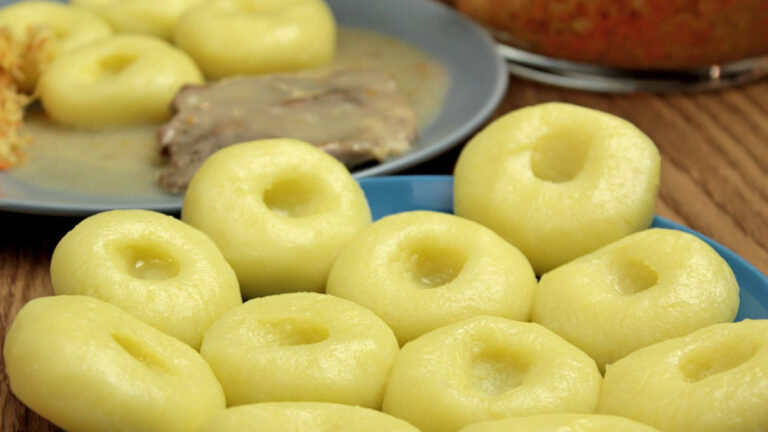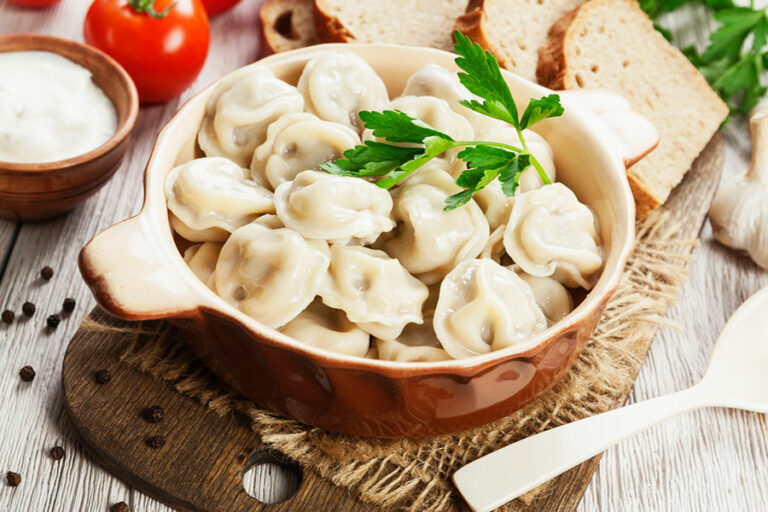Introduction: Celebrating New Zealand’s Culinary Heritage
New Zealand is a melting pot of cultures, and its culinary traditions reflect this diversity. From the indigenous Maori people to the European settlers and the Pacific Islanders, the country’s cuisine is a mixture of flavors, textures, and cooking techniques. Traditional New Zealand dishes showcase the land’s rich history and geography, with an emphasis on fresh, locally sourced ingredients.
Classic Kiwi Meat Dishes: From Roast Lamb to Pies
New Zealanders love their meat, and lamb is a popular choice. Roast lamb with mint sauce is a classic dish that has been enjoyed for generations. Another favorite is the meat pie, which is often filled with minced beef and vegetables and served with tomato sauce. Other meat dishes to try include venison, pork belly, and sausages, which are often cooked on a barbecue or grill.
Seafood Specialties: Crayfish, Mussels, and More
New Zealand is surrounded by water, so it’s no surprise that seafood features heavily in the country’s cuisine. Crayfish, also known as rock lobster, is a delicacy that is typically grilled or boiled and served with butter or garlic sauce. Green-lipped mussels, which are native to New Zealand, are a tasty and healthy option and can be served steamed or in a white wine sauce. Other seafood specialties include snapper, salmon, and paua, which is a type of abalone.
Vegetarian Delights: Maori Kumara and Puha Stew
Vegetarian options abound in New Zealand, and many dishes showcase indigenous ingredients. Kumara, which is a type of sweet potato, is a staple in Maori cuisine and can be roasted, mashed, or made into a soup. Puha, which is a type of green vegetable, is often used in stews and soups and has a slightly bitter taste. Other vegetarian dishes to try include pumpkin soup, roasted beetroot salad, and grilled portobello mushrooms.
Sweet Treats: Pavlova, Hokey Pokey, and Anzac Biscuits
New Zealanders have a sweet tooth, and there are plenty of desserts to indulge in. Pavlova, a meringue-based dessert topped with fresh fruit, is a national favorite. Hokey pokey, which is a type of honeycomb toffee, is often added to ice cream or used as a topping for cakes and slices. Anzac biscuits, which were first made during World War I, are a chewy oat and coconut cookie that is still popular today.
Fusion Flavors: Maori Hangi, Pacific Island Kokoda
New Zealand’s cuisine is constantly evolving, and fusion dishes that blend different cultures are becoming increasingly popular. Maori hangi is a traditional cooking method that involves steaming food in an underground oven, and it is often used to cook meats and vegetables. Pacific Island kokoda is a raw fish salad that is marinated in coconut cream and lime juice, and it is a popular dish in the country’s Pacific Island communities. Other fusion dishes to try include Korean fried chicken burgers, Vietnamese banh mi sandwiches, and Mexican-inspired tacos.


